What Business Leaders Need to Know About Assessments
Assessments can be powerful tools when used appropriately. Each assessment has its strengths and drawbacks, and knowing what assessment to use given the situation is half the battle.
Let’s face it. At some point you’ve probably completed some sort of ‘assessment’ and have been simultaneously creeped out by how well the results describe you while also feeling highly skeptical about the validity of the assessment.
In today’s online world full of questionnaires, surveys, and scientifically proven quizzes that tell you which Harry Potter house you would be sorted into, there’s an underlying mistrust and disdain for assessments.
However, we’ve found that when business leaders understand what assessments to use and how to use them, they unlock the power of using COMMON STRUCTURE and COMMON LANGUAGE to make decisions about their talent. A crazy idea, right?!?!
Let’s take a look at some of the most common assessment types businesses are using:
Personality Assessments
These are the assessments that describe a person’s personality characteristics or traits. They come in all shapes and sizes, and there are many popular assessments in this category – think DISC, StrengthsFinder, MBTI, Hogan, etc.
Personality assessments are generally structured so that a person will answer a set of questions about himself or herself, then receive a report that describes key elements of their personality – what they value, how they are likely to behave, or how they may relate with others.
While some assessments will claim to be able to predict behavior (and could therefore be used for selection – see below), others simply suggest they are intended to be used to help people understand themselves, and those they work with, better.
These assessments can be powerful tools to help individuals gain self-awareness, or they can help teams understand and appreciate individual differences... leading to improved team performance.
Team Effectiveness & Engagement Surveys
While Personality Assessments can be (and often are) used as a tool to help team members work better together, there are also team-based assessments that help pinpoint issues impacting team performance or engagement.
The results from each individual’s survey is then aggregated with the rest of the team. Areas frequently rated lower by team members are discussed, and leaders (or the team as a whole) create an action plan to improve team performance and engagement.
Common examples include the Five Dysfunctions of a Team assessment or the Great Places to Work engagement survey. Some larger organizations even go so far as to create their own engagement survey, where the survey is customized to focus on their specific drivers of engagement (e.g. safety may be important in distribution, but less so in a professional services firm). Newer trends in this space include pulse surveys – shorter, more frequent surveys that gauge employees’ opinions and engagement.
360 Assessments
A powerful tool for coaching and development – especially for leaders. A 360 assessment is a tool for collecting feedback from various stakeholders. For leaders, this often means collecting feedback from their Manager, their Direct Reports, and several of their Peers. If you visualize this in an org chart – it represents a 360 degree view of the individual, hence the name.
The intent of these assessments is to help the participant understand and compare how he or she is viewed by their various groups of stakeholders. For example, a leader who focuses more on being liked than pushing their team might receive high ratings in the Direct Report category, but lower ratings from their Manager and Peers.
Many larger organizations have built their own competency model – a model that describes the skills and key behaviors that are expected of someone at that level in their organization – and they base their 360 assessment questions on those key behaviors. However, there are also ‘standard’ competency models for leaders (ask about ours!).
This is one of our top recommendations to business leaders – regularly seek feedback and evaluate how you’re being perceived by those around you. I recommend doing this at least every two years – you want to get ahead of perceptions that have a negative impact before they cause business pain points or become your reputation.
Selection Assessments
Last but not least, selection assessments – or assessments used to inform hiring decisions. As mentioned above, there are some Personality Assessments that are used for selection (e.g. Hogan). Other common selection assessments include Wonderlic and skills based assessments (think typing tests, technical exams, etc.).
While these assessments can vary significantly in what they are assessing, e.g.:
- How well will someone’s personality match a role or organization
- Reasoning ability, critical thinking, or ability to process and learn new information
- Ability to complete specific tasks or a grasp of specific concepts / knowledge
… they are intended to help business leaders make better hiring decisions.
However, implementing selection assessments can be a complicated endeavor. There are several approaches and legal considerations to keep in mind. We always recommend that business leaders partner with an expert when implementing selection assessments. In most cases, we also advise that selection assessments be used as a data point within a broader decision process – not as the sole determining factor in making hiring decisions.
To wrap things up...
Assessments can be powerful tools when used appropriately. Each assessment has its strengths and drawbacks, and knowing what assessment to use given the situation is half the battle. If you have questions about what assessments to use or how to use them, let us know! We’re experts in using assessments to build strong teams!



